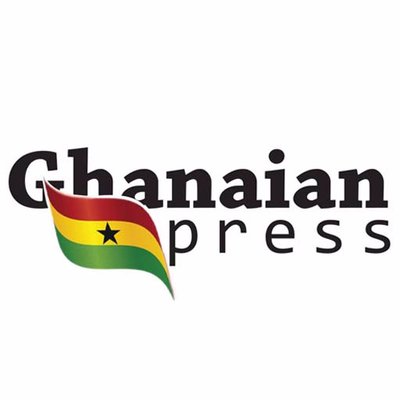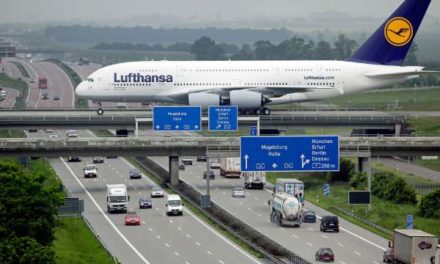udget airlines do a few things differently from their full-service counterparts. First and foremost, they offer significantly cheaper tickets. For those wanting to spend their dollars on experiences over short-term comfort, that appeal is enticing enough.
But despite making travel increasingly affordable, stiff skepticism to low-cost carriers remains rampant. Aren’t budget airlines terrible? Scammy? Unsafe? Such debates have led to several caps lock heavy e-rants straight to our inbox. Today, we’re going to bust some myths. Here’s 7 must-know facts about budget airlines!
Psst: want to learn cost-cutting flight hacks? Learn how to find crazy cheap error fares, book extended layovers for cheap or FREE, check our expert flight booking hacks, and learn which airports offer free layover tours.
1. Budget airlines are just as safe as regular airlines
Contrary to popular belief, low-cost airlines aren’t cheaper due to subpar safety. In fact, airplane location, not airline typedetermines crash likelihood, and the 9 of the 10 biggest aviation disasters in Europe and North America involved non-budget airlines. Transport analyst Max Leitschuh sums it up best in saying,
“Any airline anywhere in the world knows that crashes or a reputation for poor safety is bad for business. That reputation will lose an airline far more money than it would (gain) by cutting corners on safety.”
The reality is this: full-service airlines offer extras that can easily be charged for on an as-needed basis. Generous luggage allowances and free drinks & meals are prime examples of this (reminder: those aren’t free, they’re paid for in higher ticket pricing). Your dollars on more expensive tickets go towards extras, not safety.
2. You’ll likely need to pay for luggage weight
Rather than offering higher-priced tickets that include hefty weight allowances, budget airlines have a small carry-on amount, such as 7-10kgs (~15-22lbs), or provide none at all. Put simply, you pay for what you use; remember luggage weight = fuel consumption.
Before purchasing your ticket online, always check the baggage allowance. Most airlines provide clear prompts for this and often it is significantly cheaper to add in your required baggage allowance in advance (as opposed to on arrival at the airport).
ALWAYS adhere to size & weight restrictions!
Do not guess. Do not hope to dodge the detested airport luggage scale. Need convincing as to why? Read our epic travel fail of that time we had to throw out perfectly good items to avoid $1,400 in excess baggage fees here. Indeed, many budget airlines enforce excess baggage fees so do not make the gamble of hoping they don’t!
A luggage scale is a perfectly compact solution to avoiding hefty baggage fees, and we never travel without it. Weigh and MEASURE your luggage before going to the airport, and stay within the limits you’ve purchased.
3. In-flight food & drink are often extra

The “free meals” you receive on full-service airlines are actually paid for in your higher-priced ticket. As such, budget airlines don’t charge you for this to reduce costs. This means if you want food or drink (often even coffee or water), you’ll have to pay for it.
Even if you fly a low-cost carrier and buy a meal or drink on board, you’ve probably already come out ahead over flying with a pricier regular airline. But if saving every last dime is your objective, bring a sealed snack and/or purchase food/drink post-security.
If you want to be ultra savvy for beverages, it’s worthwhile to invest in a reusable, foldable bottle like the Platypus water bottle. We use these everyday, to reduce wasting money (and the environment) on disposable ones.
4. You may need to print your own ticket
RyanAir is the only airline that we are aware of that does this (see image below), but granted that it’s a popular one, it warrants mentioning. Check ahead to see if your airline requires you to print your ticket and/or check-in online.
If you’re travelling and don’t have access to a printer, ask the front desk at your accommodation, or consider printing at a library, university, or convenience store.

Print yo ticket, son!
5. The airport could be outside of a major city
Sometimes budget airlines land at airports further from your destination. This isn’t always the case, but it does occur somewhat commonly in Europe.
Paris is one such example. RyanAir offers cheap tickets to the Beauvais airport, but it is 1.5 hrs from Orly (the main one), and is much further from the city (see image below). As such, always check Google Maps to be sure where the airport is. If it’s further out, factor in transit costs/time to determine if it’s still worthwhile.

Example of an airport that is further removed – Beauvais is 1.5 hours from Orly, which is much closer to Paris city
6. The customer service could be better, worse, or the exact same
Whether you fly budget or full-service airlines, great and terrible experiences happen anywhere. In our own travels, we’ve only ever had rude staff, lost luggage, and flight delays/cancellations flying with full-service airlines.
Don’t be scared off by naysayers. Cancellations, delays, and muck-ups can happen with budget and regular airlines and are a general risk of flying.
7. The aircraft may have a more basic interior
The interior of budget planes – not the infrastructure itself – have noticeable differences. Cushions may be firmer, seats likely much smaller, and in the case of RyanAir, there could be advertisements on the walls, as you’d see on a bus or subway. You’ll likely not have a TV screen, so plan ahead and bring a book, magazine, or music.

Inside a RyanAir flight – ads are on the seat compartments, similar to a bus or subway. Photo Credit Jaunted.
Thrifty tip: Check for extra fees
Some airlines will charge a fee for credit cards, or even a basic processing fee when buying your ticket online. Others may add on additional taxes, which will be stated upon check-out. Always factor extras into your total cost when price-comparing.
So, Are Budget Airlines Actually Cheaper?
Almost always, yes!
Though individual fees may make it feel like you’re paying more, it’s nearly always cheaper to fly budget. Skeptical? Do the math, or see our examples below. Often the savings are significant, especially for long-haul flights where you could save hundreds of dollars.
Our best example would be on our flight to Canada from Australia. We booked it as two separate legs, with an intentional 5-day stopover in Hawaii (to learn how to book cheap/free extended layovers yourself as we did, check this post here, plus our other general flight hacks here). At the time, we saved $400 per person!
Looking now, one can see a flight from Sydney to Honolulu is $412 with Jetstar, plus $39 luggage (unless you pack light like us and use free carry-on only – learn how to do that here). That’s a grand total of $451, compared to the next cheapest flight with of $572 – a savings of $121 per person each!

Budget airlines – in this example (SYD – HNL), a savings of $121 per person!
The Thrifty Gist
- Budget airlines are no less safe than regular ones
- Always purchase the appropriate luggage and use a scale to check ahead of time
- Check the airport location before buying your ticket to ensure it’s not too far out (which could increase transport costs on arrival)
- Buy sealed food/drink at the airport if you want to save on in-flight meals
- Check for any extra fees such as credit card surcharges
For a comprehensive list of budget airlines, check our ultimate flight guide article here. Want to find crazy cheap flights? Check our error fares hacks!






Facebook Comments